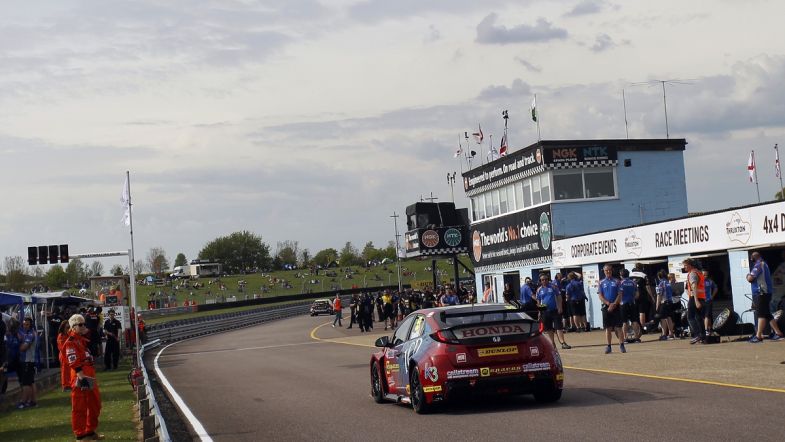Thruxton seeks to raise its game
At a time when multi-million pound, government-backed race circuits are springing up across the world, there’s something to be said for the traditional, old school British venues that combine to make up the BTCC calendar year after year.
And perhaps nowhere is more old school than Thruxton; a circuit regarded as one of the biggest challenges for a driver but one where limited investment – down in no small part to a challenging economic climate – has resulted in the venue being somewhat left behind compared to other tracks around the UK.
Under the leadership of managing director Bill Coombs however, plans are afoot for a series of changes that will allow Thruxton to raise its game in the coming years; improving the experience for all those with an interest in the venue, from competitors and sponsors right through to those paying their money on the gate to come and watch.
There’s even the possibility of a new media centre with improved internet access – something which should realistically be bumped right to the top of the list…
In all seriousness, Coombs and has team have already started work on what is set to be a long-term programme of improvements – with the main paddock having been resurfaced and with around £700,000 having been invested in the creation of a wet grip facility to boost income and create a new revenue stream for the business.
And it is those revenue streams that will ultimately be vital in making Thruxton more financially viable for years to come, given the restrictions that it is forced to operate under when it comes to the number of days that the actual circuit itself can be used.
“We’ve completed a lot of infrastructure work to start bringing the venue to where I want it to be, but as a circuit, we are very limited in terms of what we can do on track because of local planning restrictions,” Coombs explained. “We are only able to run twelve race days and four test days every year, and anything beyond that during the week had to be so quiet that it’s basically at road limits, so there is no scope for track days.
“It means we have a very restricted income stream during the week and with limited opportunity to generate income from racing activities, we have to look at other ways in which to bring in the money that is vital to the success of Thruxton as a venue. The wet grip is a prime example as it will have little to no impact on the people who come to Thruxton to race, but it is crucial to the venue as it attracts manufacturers and can help us to earn come money. As it stands, this is the hardest circuit to make money from because of the restrictions we are faced with.”
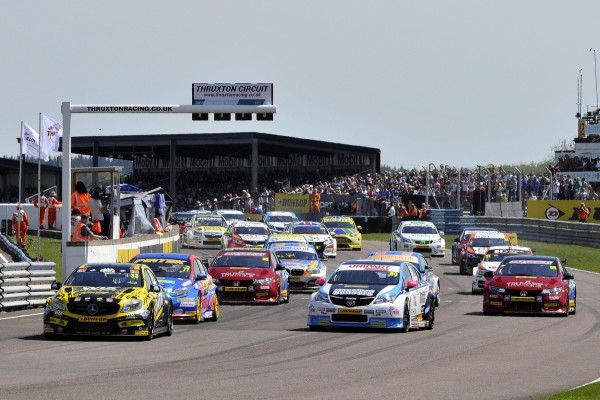
Attracting manufacturers to make use of new facilities is one thing, but ensuring they return is another – and that is something that Coombs hopes will be sorted with the next phase of the development plans.
Currently, the circuit has hospitality facilities that are far from ideal – in fact Coombs admits they are ’embarrassing’ compared to those seen elsewhere – but that should change in the next twelve to 18 months with plans having been drawn up for a new building on the inside of Allard that will help take Thruxton to the next level.
“The main thing that is missing for manufacturers at the moment is a decent hospitality area as the buildings we currently have just don’t cut the mustard,” he said. “Our current plan is to remove the buildings that we have in the infield and replace them with a proper building that we can then make use of throughout the year.
“As it stands, we bring people into the circuit and they come through the entrance and see the new wet grip facility but then they are put off when they see the current Thruxton Suite. If we can get the new building built as part of the vision I have for Thruxton, then it will give us a product that will sell itself and which people will want to make use of.”
The new hospitality building, likely to cost in excess of a million pounds, will be a major investment for a venue that can only operate for 16 days a year, with attention then turning to the circuit itself.
As elsewhere, work has already started on improvements – with barriers moved and kerbs replaced to meet the needs of the British Superbike Championship, and resurfacing at Goodwood to remove some of the bumps from the surface of the circuit; again primarily to benefit the bikers.
Within the next five years, the entire circuit is likely to be resurfaced – another million pound job – but before then, there is another ‘issue’ to be resolved…
May 4 2014 is a day that Coombs and his team probably won’t forget in a hurry, with the third meeting of that BTCC season being somewhat overshadowed by three large accidents at the daunting Church corner.
In race one, Nick Foster’s BMW went backwards over the tyre wall after a clash with Rob Austin, whilst race three saw both Ollie Jackson’s Proton and the Toyota of Simon Belcher go off at high-speed into the trees on the outside of the circuit after different components failed on their respective cars.
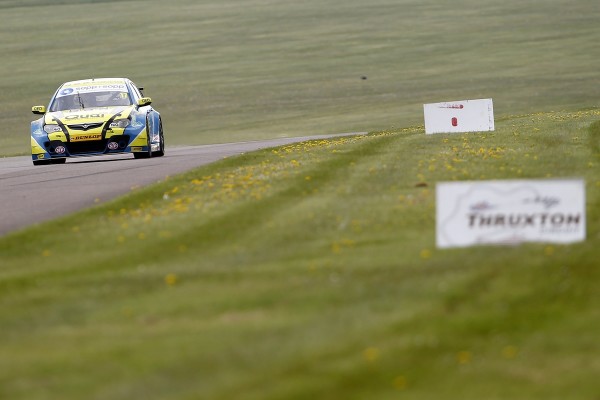
The incidents led to immediate calls in some quarters for changes to be made to improve safety but having avoided any knee-jerk reaction to the incidents – none of which were down to the circuit itself – a more measured response has instead been taken that will see the area on the outside of Church re-profiled.
But it’s work that isn’t going to happen overnight.
“The first thing I did after those incidents was to speak to Alan Gow and to some of the top drivers and the general opinion was that there should be no knee-jerk reaction to things and that we had to keep the challenge of Church corner,” Coombs explained. “It would have been easier – and cheaper – to just stick a chicane in but everyone involved took a very sensible approach to things as we looked at what the best thing to do was.
“The incidents that happened looked awful with cars going off in the way that they did, but they weren’t because of Church. It just so happened that when the cars went off the track, they did it at the quickest corner on the circuit and crucially, they went off earlier that you would normally expect a car to go off.
“No-one had been injured at Church in something like 25 years and the corner isn’t one that was flagged up as ‘dangerous’ in any risk assessments. Even the FIA’s simulation work on the corner didn’t bring up any concerns as their simulation work showed that if you went off where cars would normally go off, there is loads of run off. Unfortunately, that isn’t where they went off…”
Having gone out to Church to look at the corner in more detail, it’s clear to see where Coombs is coming from.
A ‘traditional’ Church incident will see a car drifting wide on the exit of the corner onto the grass on the outside, with plenty of space in which to try and recover a moment before drivers head up Woodham Hill towards the Complex.
However, going off early means there is only limited space (albeit it more than at most other circuits) before drivers reach a newly strengthened tyre wall – which is located at the bottom of a pretty hefty drop; one that is much larger than it appears from the angle of a TV camera.
But how can the circuit work to ensure there is no repeat in future?
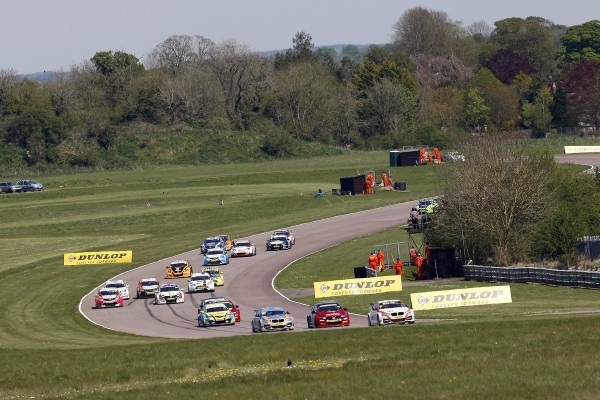
“What we want to do is to increase the run-off, and also make it so that the run-off goes up rather than down,” Coombs said. “We don’t want it to be too steep, probably no more than 2.5 degrees or so, so that we can create a mini bowl that will pull a car back down towards the circuit. It would still be grassed as gravel isn’t suitable outside a high-speed corner but to do it will require a lot of work. We’re also restricted on how far back we can go because there is a watercourse and also the trees, and the whole thing will require us to go through planning.
“We are lucky in one sense as we have the support of the local villages and an application went in which we expected to be put through on delegated powers, which would have allowed us to make a start this season. However, we had to withdraw the plans because of wildlife that lives in the hedgerows that means we have to go through a life cycle to allow numbers to be counted. The plans had to be withdrawn to allow that to take place and then we’ll put them in again, so it isn’t a simple case of just identifying an issue and fixing it – there are barriers that we have to overcome.”
Other changes to the circuit are likely to see the pit lane extended and the assembly area moved, something that goes hand in hand with the re-positioning of the main hospitality building, with plans also afoot to improve pit garages that are currently too small for modern cars to make use of.
Focus then turns to spectators, with the ultimate aim being to put new viewing areas in place on the run up Woodham Hill alongside a new grandstand in a location still to be determined, with the two currently in place now regularly selling out for top meetings.
“In the past, we couldn’t sell all the tickets for the stands but with the big screen we now have in place at the final corner, we regularly find they are sold out so I’d like to put more in place,” Coombs said. “Where that would be, I don’t know, but there is clearly the demand for them as we work to improve the spectator experience.
“My hope is that we can develop the whole area around the chicane to make it the focal point for fans, but making use of the banking that we have in place will not be an overnight thing as a lot of the material for the work at Church will have to come from there before we can do anything else.
“In time, I hope we can open that area up to fans and I also want to make sure we improve the viewing opportunities that we have for disabled visitors as what we currently have isn’t enough.”
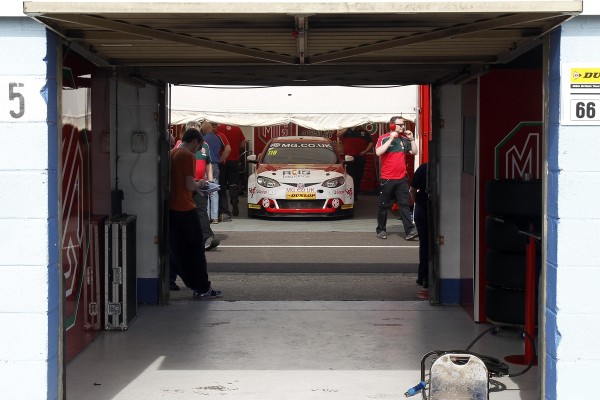
With businesses, track users and spectators accounted for, that leaves the media to wait for our new facilities, although there are many more important things to be dealt with before we get somewhere more spacious in which to work on a race weekend.
“I could stand here and bullshit you about how we’re going to build nice new media facilities as the next phase of the plans, but there are more important things we need to get done first before we can start on that,” Coombs concludes with a wry smile.
“I know that our media centre isn’t as good as those at other circuits but the reality is, that with the investment we have to make in taking Thruxton to the next level, we have to spend our money wisely and you guys will just have to wait your turn…”
